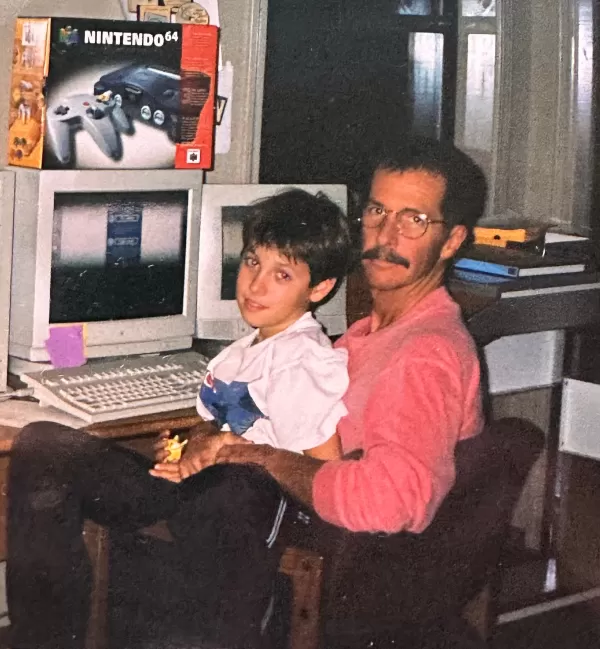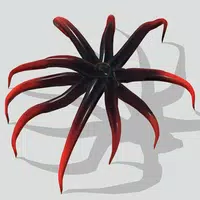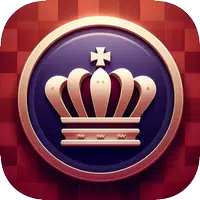
When Nintendo of America's president calls unexpectedly, you answer – no questions asked. That's exactly what designer Chris Maple did in 1998 when he received late-night advice about an impending presidential summons.
As owner of Seattle-based Media Design, Maple specialized in rapid-turnaround projects for clients ranging from Boeing to the Seattle Mariners. His emergency design services had quietly earned industry respect when Minoru Arakawa's secretary scheduled an urgent meeting.
The Mysterious Crystal Horse Head
Maple vividly recalls his first impression of Nintendo's Redmond headquarters: "I sat staring at this striking 21-inch crystal horse head in their lobby for thirty minutes," he recounts. "That crystalline sculpture became my initial sensory connection before I even knew about Pokémon."
The meeting unfolded dramatically. Arakawa, described as magnetically charismatic, introduced Nintendo's urgent rebranding challenge: transforming Japan's "Pocket Monsters" into a global phenomenon called Pokémon, with just four weeks remaining before E3 1998.
"They dropped a cardboard box of prototype toys and sketches before me," Maple remembers. When Arakawa revealed Nintendo's planned Western rebrand to "Pokémon," Maple committed despite the impossible timeline.
Designing Under Fire
The initial sketches flowed instinctively from Maple's light table. "I created multiple iterations simultaneously," he explains, keeping Nintendo's minimal guidance in mind: the logo needed to translate perfectly to Game Boy screens in both color and monochrome.
The selection process proved equally dramatic. After presenting preliminary options, Maple unveiled his favorite design: "You could feel the energy shift," he describes. Former Nintendo executive Don James reportedly affirmed, "This is the one," launching the now-iconic emblem.
The Evolution of an Icon
Post-E3 adjustments refined the logo's now-familiar contours. Maple tweaked the P and E's interior angles at Arakawa's request, though neither recalls specific direction for these subtle modifications.
Maple's subsequent Pokémon awakening came unexpectedly at Toys "R" Us: "Seeing kids swarming massive displays with my logo...that reality check still gives me chills."
Legacy Recognition
For 27 years, Maple maintained silence about his industry-shaping contribution at Nintendo's request. Now, prompted by his son and current design students, he's sharing artifacts including:
- Original pencil sketches
- Early color tests
- Modern merchandise mockups
"Children in my workshops lose their minds when they make the connection," Maple laughs. "The logo taps into something timeless – it's humbling to see generations claim ownership of this shared cultural touchstone."
As Pokémon approaches its 30th anniversary, Maple offers unsolicited counsel to The Pokémon Company: "If commemorative designs emerge, please honor the original energetic blueprint. That foundational integrity deserves preservation."
Though Maple modestly downplays his influence on Pokémon's success, he acknowledges profound fulfillment: "Knowing my work contributed to millions of childhood memories? That's why I still love creative problem-solving today."






